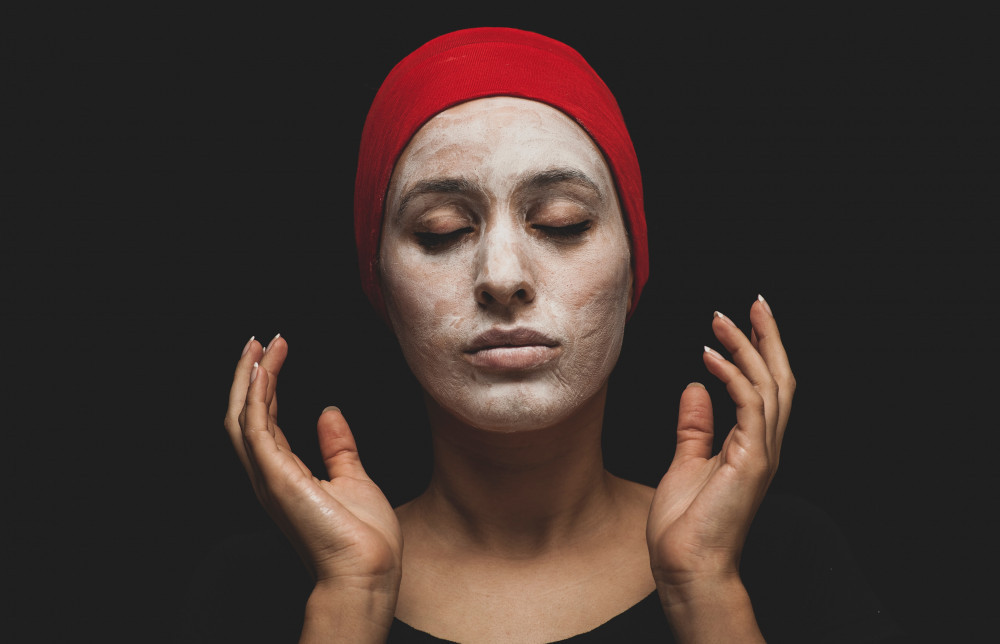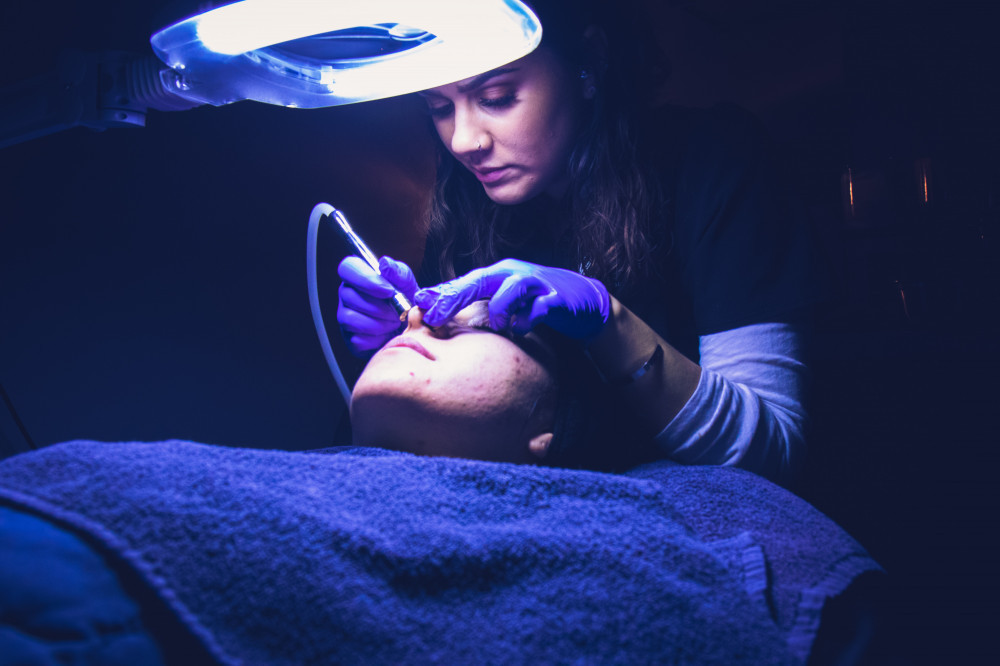“Hormone Imbalance Treatment Options | Role of a Dermatologist” goes beyond skin health on the surface. It looks at underlying conditions causing the problems.
The skin is the largest organ of the body and plays an important role in our overall health. As such, some diseases manifest on the skin indicating there’s something going on internally.
Thus, hormone imbalance causes problems including hirsutism, acne, and other irregularities. We have to determine when it’s time to see a dermatologist for proper analysis and treatment.

Hormone Imbalance | Skin Disorders
Let’s examine some of the skin disorders caused by the disruption of hormonal imbalances. These dermatological conditions require the attention of a dermatologist.
Acne: This is a bothersome skin condition. It’s identified by the formation of blackheads, whiteheads, and pimples. Also, excess oil production, clog pores, and inflammation all contribute to this condition.
Dryness and Sensitivity: Hormonal imbalance is one factor that disrupts the skin’s natural moisture barrier. The outcome is dryness and increased sensitivity. Subsequently, the skin becomes prone to inflammation, irritation, and redness.
Hirsutism: Women may experience excessive hair growth in unlikely areas. This happens when there’s an abnormal increase in male hormones such as androgens.
Hyperpigmentation: Another hormonal imbalance leads to the overproduction of melanin. This pigment is responsible for skin color. Therefore, an irregularity causes blotches or spots of darker skin.
Premature Aging: Estrogen is a hormone primarily produced in women. Two of its major roles are maintaining skin elasticity and preventing wrinkles. Therefore, a decline in estrogen levels causes premature aging of the skin.
So, we see that hormone imbalance is responsible for several conditions affecting the health of the skin.
Role of a Dermatologist | Guardian of Skin Health
Consider a dermatologist as a guardian of skin health. In other words, they are the external front line of defense. They play a crucial role in managing hormonal imbalances and their impact on the skin.
Diagnosis: The first step in this journey is to identify the underlying cause of the particular hormone imbalance. This is important in determining an appropriate treatment plan.
Treatment Options: Next, the dermatologist will use the information to recommend various treatment options. These will help to manage the specific skin condition.
Skincare Regimen: There are three skin types. And, they are identified as normal, oily, or a combination of both. Therefore, each type requires a different regimen unique to its condition.
Procedural Interventions: Additionally, it may be necessary to recommend other types of interventions. For example, chemical peels, microdermabrasion, laser therapy, and light-based treatments may be options.
Ongoing Management and Support: Sometimes chronic conditions may call for ongoing management and support. As such, this may come from the dermatologist or other sources of support.
Hence, the role of a dermatologist includes diagnosis, treatment, and ongoing care.

Hormone Imbalance | Diagnosis and Treatment
Let’s take a closer look at the diagnosis and treatment of conditions caused by hormone imbalance. But first, it’s important to have an understanding of hormones and how they influence our bodies.
Hormones
Hormones are chemicals within the body that regulate bodily functions. For example, hormones are responsible for our growth, metabolism, and reproduction. Various glands throughout the body produce these hormones.
The main ones include the adrenal glands, ovaries, testes, pituitary gland, and thyroid. Reproductive glands are the ovaries and testes. Naturally, irregularities throughout the body will result in numerous symptoms and health issues.
Diagnosis
A dermatologist uses a comprehensive approach to determine the root cause. And, this involves a thorough assessment of the patient’s medical history and physical examination.
In addition, she may order other tests to assess hormone levels. As a result, this approach makes it easier to develop a customized treatment plan.
Treatment Options
Treatment options include oral or topical medications and hormonal therapy. It may also be necessary to use a combination of these treatments.
Some specific medications dermatologists recommend are antibiotics, retinoids, and hormonal contraceptives.
Additional Option | Cosmetic Dermatology
Cosmetic Dermatology is an option that dermatologists may recommend. The aim of these procedures is to enhance the appearance of the skin. And, there are a number of treatments that fall into this category.
Dermatologists provide some of these services. On the other hand, electrologists provide others.
- Botox Injections: Botox is short for botulinum toxin and is a popular non-surgical treatment. It’s used to target fine lines and wrinkles. And, is an option for some persons dealing with skin conditions due to hormone imbalance.
- Chemical Peels: This involves the application of a chemical solution to the skin by a dermatologist or electrologist. However, the depth of the skin layer to be removed will determine who administers the treatment.
- Dermal Fillers: Some of these are collagen, hyaluronic acid, and hydroxylapatite. They are injected to augment targeted areas. And the effects are immediate, lasting from six months to two years based on which filler is used.
- Laser Therapy: This treatment uses high-intensity light beams for various skin concerns. Dermatologists use different types of lasers based on the condition they are treating.
- Microdermabrasion: Here is another treatment procedure that is done by a dermatologist or electrologist. It is suitable for various skin types and has very little or no downtime.

Conclusion | Hormone Imbalance Treatment Options
Hormonal imbalances have a significant impact on the appearance and health of our skin. Furthermore, any one of these conditions can cause distress and affect an individual’s well-being.
As such, it is essential to pay attention to the internal as well as external conditions for optimal health. It is also necessary to collaborate with others in diagnosing and treating symptoms where necessary.
For example, an electrologist may never solve the problem a client has with hirsutism as an isolated treatment. Therefore, she may need to make a referral to a dermatologist.
Most importantly, the first step in moving forward is to determine the root cause. Both specialists may work simultaneously at some point. However, the results will be more apparent when the patient follows the correct treatment plan.
Additionally, a dermatologist can help individuals regain confidence and their overall well-being. This is where ongoing support comes in.
I hope this article, “Hormone Imbalance Treatment Options | Role of a Dermatologist” has been beneficial in some way. Do you have a personal story you’d like to share? We would like to hear from you.
Also, share this information with your family, friends, or your groups who may be looking for a solution. Please feel free to leave your questions and comments below. I will do my best to address them.